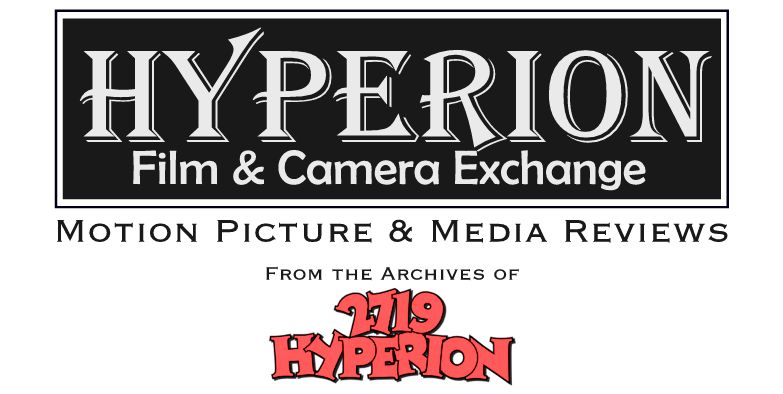 It feels like it was just yesterday when I was overjoyed with Platinum Edition DVD release of Disney's contemporary animated classic Beauty and the Beast. It was actually 2002. Time marches on without hesitation, especially in regard to entertainment, technology and this ever-so-quickly aging Disney journalist. But there is one particular constant: Beauty and the Beast remains an entity of entertainment both timeless and extraordinary, and one that has now been enhanced by further advances in home theater technology.
It feels like it was just yesterday when I was overjoyed with Platinum Edition DVD release of Disney's contemporary animated classic Beauty and the Beast. It was actually 2002. Time marches on without hesitation, especially in regard to entertainment, technology and this ever-so-quickly aging Disney journalist. But there is one particular constant: Beauty and the Beast remains an entity of entertainment both timeless and extraordinary, and one that has now been enhanced by further advances in home theater technology.The newly released Blu-Ray Diamond Edition of Beauty and the Beast is simply amazing; it is an exceptional masterpiece in the venue of home entertainment. Presented for the first time in high definition, it now resonates with a visual clarity that both demonstrates and celebrates the talents and artistry of the individuals who created and produced this animated feature some two decades ago. The fine lines of the animator's craft are now more distinctly pronounced and visible. The benefits of a high definition presentation make more evident the nuances and details of hand drawn animation that have sadly been over-polished in the last twenty years of computer-driven production and the transition to purely digital animation. Similarly, one can now see the film's backgrounds in all their lush, deeply textured artistry, almost as if you were standing before each painting's original canvas.
Like its Platinum predecessor, the Diamond Edition includes three versions of the film: the original theatrical release, the 2002 expanded version that included the new musical sequence Human Again, and the Work in Progress cut that was originally presented at the 1991 New York Film Festival prior to the film's completion. One disappointment in that regard--the new Diamond Edition only presents the Work in Progress version as a small picture-within-a-picture overlay with the original theatrical release. There appears to be no option to view it separately in a full-screen mode.
The Diamond Edition migrated over many of the Platinum's special features, but also added a considerable amount of new content, most notably a three-hour branching documentary, Beyond Beauty: The Untold Stories Behind the Making of Beauty and the Beast, that is exceptional in both presentation and information. One "branch" is especially interesting. Revealed for the first time is an original treatment reel that was supervised by Richard Purdam, the project's first director. It encompassed a very different approach to the material, being distinctly non-musical, and was ultimately rejected by Disney execs. A second new documentary is included entitled Composing a Classic. It focuses on the creation of the music, which proved integral to film's ultimate success. Also included are the obligatory "family friendly" features such as games, trivia and music videos, necessary to provide appeal to the ever important soccer-mom demographic. Thankfully, these items are not as overwhelming here as they have been on prior Disney classic releases.
No doubt in another decade or so, we will be singing the praises of Beauty and the Beast in whatever new and wonderful technology that will then be gracing our lives and our home entertainment systems. And the film will remain as wonderful, timeless and extraordinary as ever.







